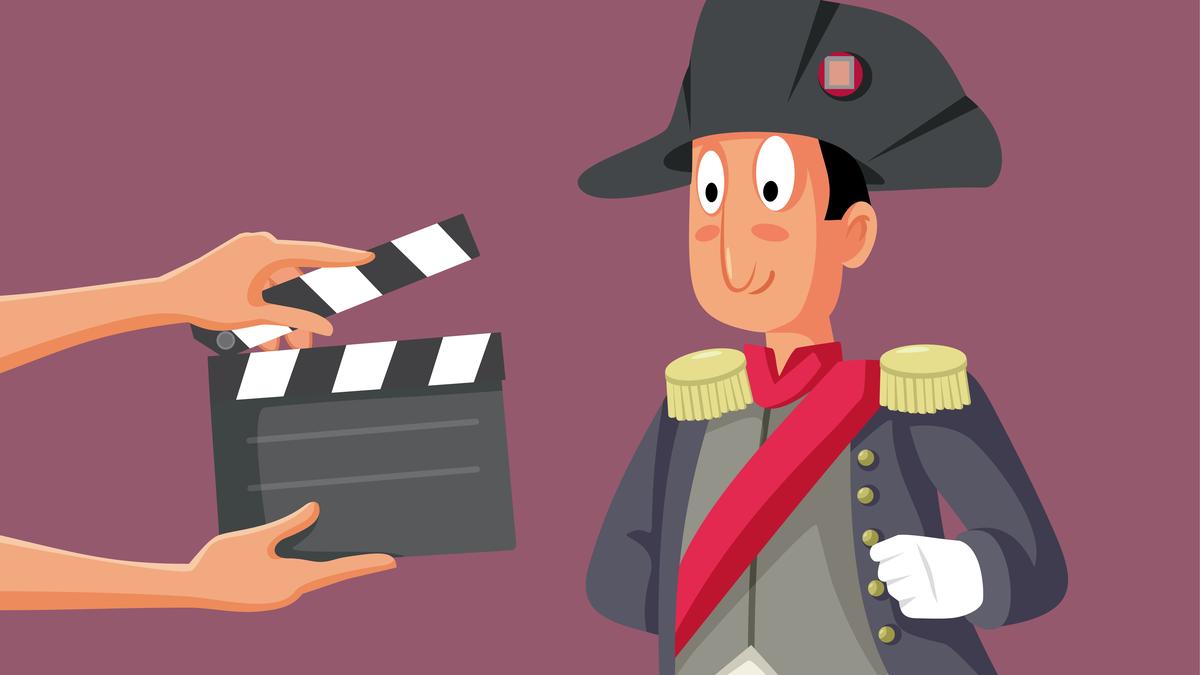
The tension between historical accuracy and cinematic storytelling is a constant struggle.
| Photo Credit: Getty Images/iStockphoto
Indian cinema is at a crossroads. Beyond the dazzling song-and-dance routines, a powerful new force is emerging: the historical biopic. These films plunge into India’s rich, often turbulent past, resurrecting iconic figures. This isn’t just a trend; it’s a cultural reckoning. We crave connection to our heritage, a visceral understanding of the forces that forged our nation. Cinema, with its unique blend of spectacle and storytelling, offers a potent vehicle for this exploration. But this journey into history is fraught with peril.
Historically, Indian cinema often romanticised the past, drawing inspiration from mythology and folklore. While these films entertained, they often sacrificed historical accuracy for dramatic effect. Real people were transformed into archetypes, their complexities erased. But a shift has occurred. We now demand more. We seek truth, or at least, interpretations that resonate with our understanding of the past. Films such as “The Legend of Bhagat Singh” and “Jodhaa Akbar” hinted at this change, paving the way for a new era of historical storytelling.
Technology has been a game-changer. CGI, virtual reality, and access to vast digital archives offer filmmakers unprecedented tools. We can now witness the grandeur of Ashoka’s empire, the strategic brilliance of Chhatrapati Shivaji Maharaj, the intellectual ferment of Akbar’s court. But this technological prowess comes with a heavy responsibility. The line between recreation and fabrication blurs. The temptation to manipulate the past for contemporary agendas is ever present.
The quest for authenticity is paramount. Filmmakers strive to recreate not just the visual world but also the social and political climate of the time. Extensive research, collaboration with historians, and the use of authentic languages are essential. Yet, history is rarely a simple narrative. Conflicting accounts, biased records, and the passage of time obscure the truth. Filmmakers must choose which version of history to tell, a decision that can ignite controversy and accusations of historical revisionism.
The tension between historical accuracy and cinematic storytelling is a constant struggle. While fidelity to the past is crucial, filmmakers also need to create compelling narratives that will captivate audiences. The temptation to sensationalise, to amplify certain aspects while downplaying others, is immense. Recent biopics illustrate this dilemma. Tanhaji, while a box-office hit, faced criticism for its portrayal of certain historical figures. Manikarnika also sparked debate, highlighting the challenges of representing complex historical personalities. Chhava, the recent film about Chhatrapati Sambhaji Maharaj, will undoubtedly be dissected and debated, adding another layer to this ongoing conversation.
Consider a hypothetical film about Ashoka, The Emperor’s Mind. Even with cutting-edge technology, it could face intense scrutiny. Historians might clash over its interpretation of Ashoka’s conversion to Buddhism. The portrayal of the Kalinga people could be deemed stereotypical or insensitive. This underscores the fundamental truth: history is a battleground of interpretations, and filmmakers enter this arena at their own risk.
Historical biopics wield enormous power. They shape our understanding of the past, influencing how we perceive our present and future. They can ignite a passion for history, inspiring viewers to learn more. But they can also distort the past, perpetuating harmful myths and reinforcing existing biases.
The future of historical biopics is full of potential, and peril. As technology evolves, the possibilities are limitless. But the ethical stakes are higher than ever. Filmmakers must resist the siren call of propaganda and prioritise historical integrity. They must engage in open dialogue with historians, critics, and the public. The goal should not be simply to entertain, but to illuminate the past, to foster critical thinking, and to help us understand the complex tapestry of our shared history. The past is not a static entity; it’s a living, breathing narrative that we constantly reinterpret. And cinema, with its power to transport us through time, plays a crucial role in this ongoing dialogue.
Published – April 06, 2025 03:23 am IST
